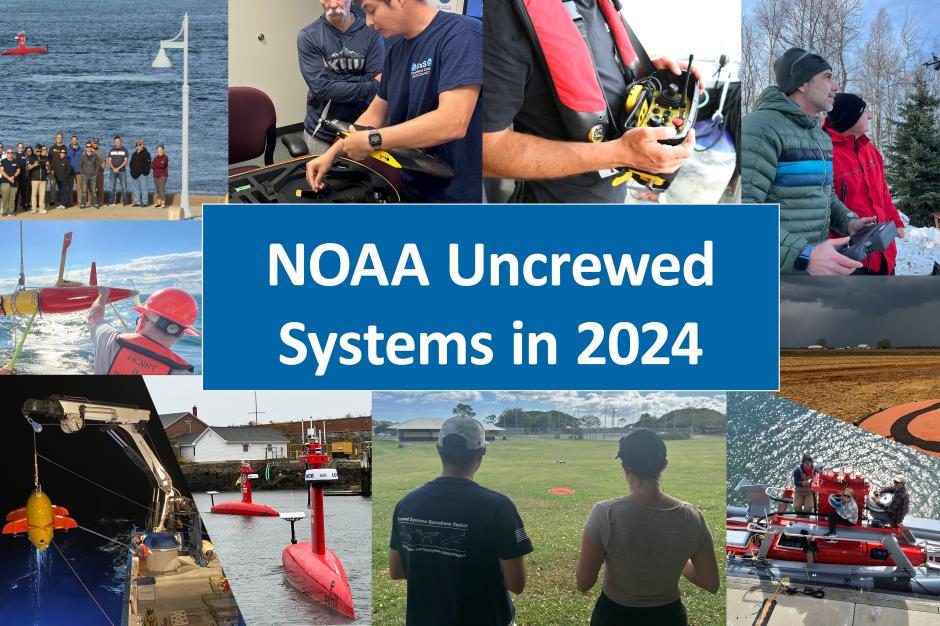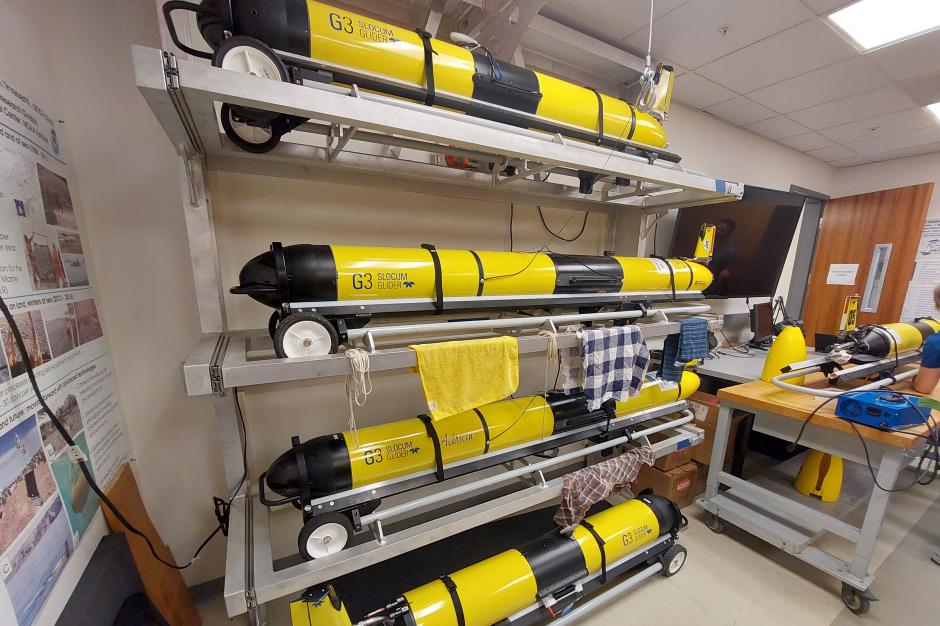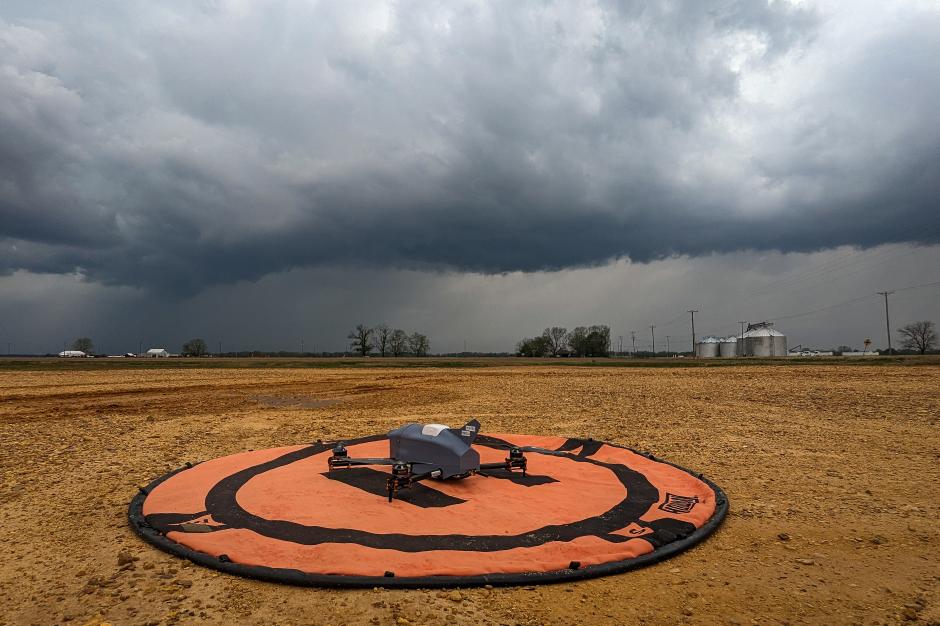NOAA leads the way with uncrewed systems
NOAA Uncrewed Systems Operations Center is recognized for leadership in uncrewed systems work.
NOAA Uncrewed Systems Operations Center is recognized for leadership in uncrewed systems work.
Research and experimentation with uncrewed systems allows NOAA to improve and expand the ways that critical, accurate and time-sensitive data can be gathered and used. NOAA researchers and their partners use simulated and real-world experiments to assess the impact of uncrewed systems technologies and the data they collect. This information is then used to integrate uncrewed systems into NOAA operations.
Learn what it takes to operate uncrewed aircraft for NOAA
NOAA works with partners to advance hurricane research with uncrewed systems.

A look back at some of the top accomplishments in NOAA's uncrewed systems work in 2024.

Investigating tandem uncrewed surface vehicle operations for seafloor mapping missions with federal, academic, and industry partners.
Meet the newest member to the Uncrewed Systems Operations Center's growing uncrewed systems fleet and hear from Glider Pilot and Knauss Fellow, Chesna Cox.

Learn how NOAA is using uncrewed systems to better understand extreme weather events.
